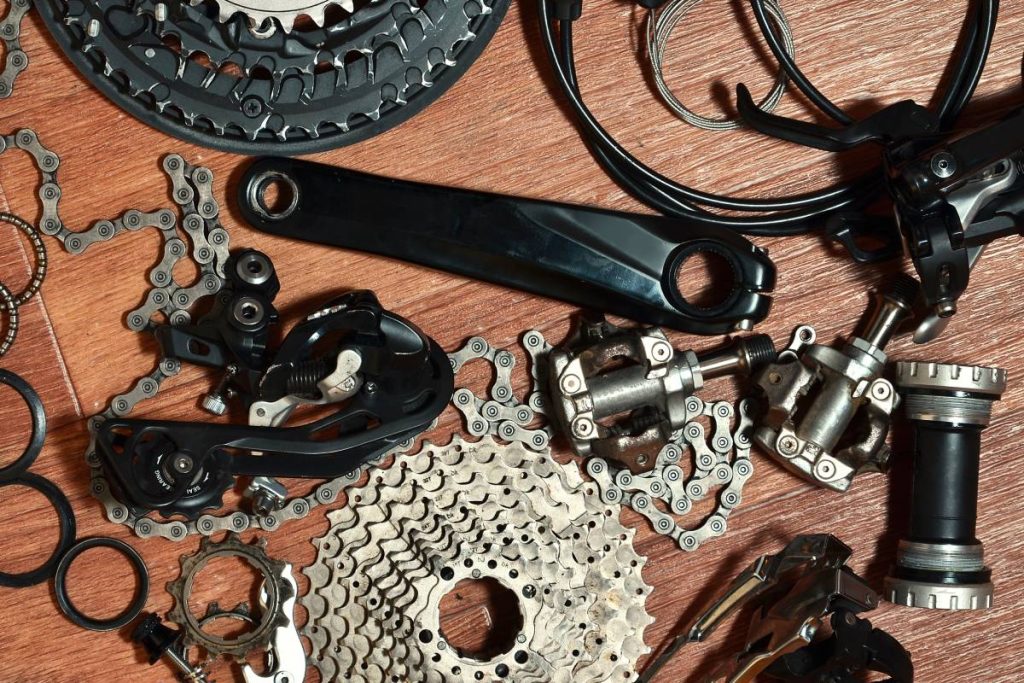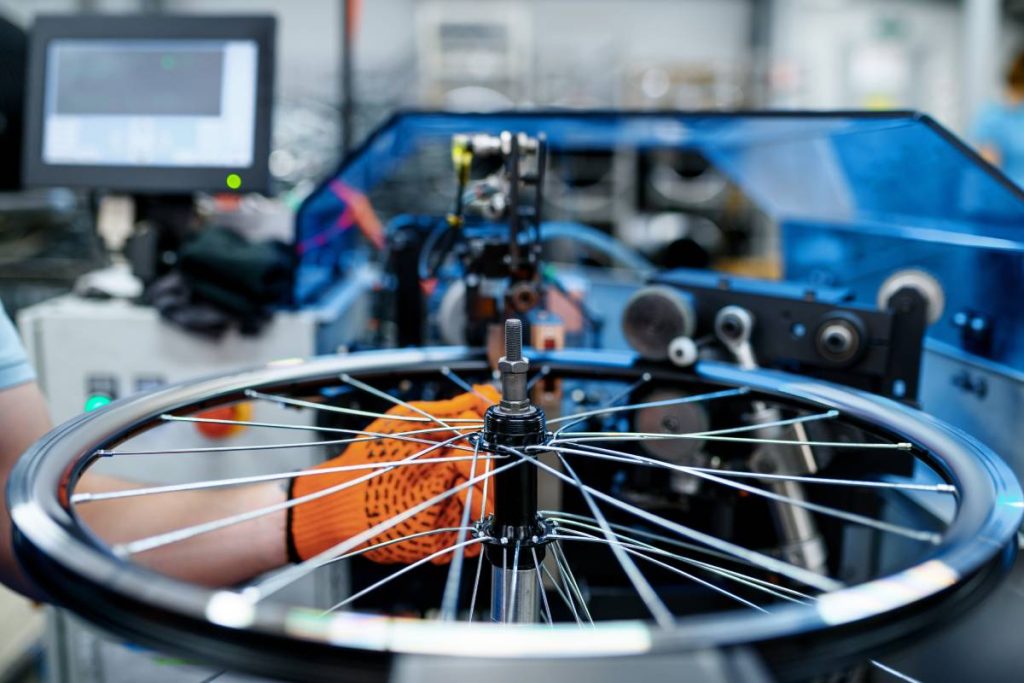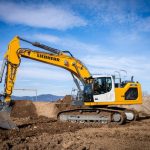Riding a bike is an enjoyable and healthy mode of transportation, but picking the perfect bike can be tricky, especially when deciding between a budget-friendly or high-end option. In this article, we’ll examine the contrasts between these choices and assist you in determining the best fit for your needs.
Related article:
Why do bikes cost as much as motorbikes?
Bikes can carry hefty price tags for a few reasons. First off, they often boast top-notch materials like lightweight alloys, which don’t come cheap. Crafting intricate components with precision also adds to the expense. Moreover, the thoughtful design and engineering behind each bike contribute to its cost. Lastly, labour costs, especially in regions with higher wages, play a role in the final price tag.
Bike Materials
When it comes to materials, bikes come in various flavours, including steel, aluminium, carbon fibre, and titanium. Among these, carbon fibre reigns as the priciest option due to its strength, featherlight build, and durability, making it a favourite for premium and even entry-level road bikes. However, its demanding manufacturing process bumps up its cost.
On the flip side, steel and aluminium offer more budget-friendly alternatives, although they sacrifice some weight and strength compared to carbon fibre. Titanium stands out as another high-end choice, boasting both strength and lightness, albeit at an even steeper price. It’s gaining traction in gravel bikes for its performance benefits on rugged terrain.
Ultimately, the material choice hinges on the bike’s intended use and the desired performance level.
Bike Components
The components installed on a bike significantly influence its final price tag. So, the question arises: “Which bike components are worth the extra investment?”
Bike components, like brakes, wheels, and chainrings, come in a variety of materials, chosen based on their intended use and performance. For instance, brake pads often feature a composite material blend for a good balance of strength and longevity, while brake rotors typically opt for steel or aluminium. Chainrings, on the other hand, vary from steel, and aluminium, to carbon fibre, with steel being the most economical and carbon fibre the priciest.

A road bike’s wheel comprises several parts—rim, spokes, and hub. The rim, holding the tyre, is usually crafted from aluminium or carbon fibre. Spokes, connecting the rim to the hub, are commonly stainless steel. The hub, anchoring the wheel to the bike frame, is typically aluminium or steel. The selection of materials for road bike wheels prioritizes strength, durability, and lightness. Carbon fibre, favoured in premium road bike wheels for its strength, lightweight build, and aerodynamics, commands a higher price over aluminium.
Generally, high-end components feature pricey materials like carbon fibre, prized for being lighter, stronger, and more enduring than their cheaper counterparts. However, component cost factors in material quality, design intricacy, engineering finesse, and labour expenses.
Bike Design and Engineering
The way a bike is designed and engineered can impact its price in a few ways. For instance, bikes with complex or innovative designs tend to cost more because they require more engineering and development work. Similarly, bikes equipped with high-quality components like lightweight frames and top-notch tyres will come with a higher price tag. Conversely, bikes sporting simpler designs and fewer premium components will be more budget-friendly.
Another factor to consider is the size of the bike manufacturer. Large-scale bike makers, producing thousands of bikes, can spread out design costs across their production, which can help keep individual bike prices down. In contrast, smaller, niche bike builders have to factor in their design costs for each bike they produce, potentially leading to higher prices for their products.
Bike Manufacturing Location and Labour Costs
The price of a bike can be heavily influenced by labour expenses. One of the significant factors in bike cost is where and how it’s manufactured. Generally, bikes produced in countries with lower labour costs tend to be cheaper than those from regions with higher labour expenses. This is because labour costs make up a substantial portion of the total bike production expenses. For instance, bikes made in places like China and Taiwan, where labour costs are comparatively lower, may have lower price tags than those made in countries like the United States or Europe, where labour costs are higher.
Labour expenses can also fluctuate within a country, affected by factors such as local living expenses and the availability of skilled labour. Overall, labour costs play a vital role in determining bike prices and are worth considering when making a purchase decision.
The more expensive bike, the better?
Not necessarily. While it’s true that more expensive bikes often come with higher quality materials, components, and technology, the “better” bike depends on your specific needs, preferences, and riding style. Here are a few considerations:

- Purpose: The best bike for you depends on what you’ll be using it for. A high-end racing bike might not be suitable for commuting or off-road trails, and vice versa. Consider your intended use carefully.
- Fit and Comfort: No matter the price, if a bike doesn’t fit you well or isn’t comfortable to ride, it won’t be enjoyable. Sometimes, a mid-range bike that fits you perfectly can be a better choice than a more expensive one that doesn’t.
- Skill Level: Advanced riders might benefit from the performance gains of a top-of-the-line bike, but beginners might not notice or appreciate those differences. It’s often better to start with a more affordable bike and upgrade as your skills and preferences develop.
- Maintenance Costs: Higher-end bikes can come with higher maintenance costs, especially if they have complex components or require specialized servicing. Consider not just the initial purchase price but also the long-term costs of ownership.
- Brand Reputation and Support: Some brands have better reputations for quality, customer service, and warranties. Investing in a reputable brand can provide peace of mind and better support in case of issues.
- Value for Money: Expensive bikes might offer top-notch performance and features, but sometimes the marginal gains in performance aren’t worth the significant increase in price. Consider whether the extra cost justifies the benefits you’ll receive.
Ultimately, the “better” bike is the one that meets your specific needs, fits your budget, and brings you the most enjoyment and satisfaction while riding. It’s worth doing thorough research, testing different bikes, and seeking advice from experts or experienced riders to find the right bike for you.
Is riding a more expensive bike healthier than a cheaper bike?
While expensive bikes may offer advanced features and technologies that enhance the riding experience, such as lightweight materials, aerodynamic designs, and high-performance components, these features primarily focus on improving efficiency, speed, and comfort rather than directly affecting the health benefits of cycling.
The health benefits of riding a bike are primarily determined by factors such as frequency, intensity, and duration of exercise, rather than the cost of the bike itself. Both expensive and cheaper bikes can contribute to your overall health and fitness in similar ways.

However, there are certain factors related to bike fit and customization that can indirectly contribute to the rider’s comfort and health:
- Proper Fit: Expensive bikes often come with options for customization and professional fitting services, ensuring that the bike fits the rider’s body proportions and riding style optimally. A well-fitted bike can help prevent discomfort, reduce the risk of injury, and improve overall performance, indirectly supporting better health outcomes.
- Comfort Features: Some high-end bikes may incorporate features like advanced suspension systems or ergonomic designs that enhance comfort during long rides. Increased comfort can encourage riders to spend more time on the bike, leading to greater health benefits from increased physical activity.
- Durability and Longevity: Expensive bikes typically use higher-quality materials and construction methods, resulting in greater durability and longevity. A bike that lasts longer and requires fewer repairs or replacements can provide consistent and reliable performance over time, allowing riders to maintain their exercise routines without interruptions.
Ultimately, the health benefits of cycling come from the activity itself, not the cost of the bike. Whether you’re riding an expensive high-performance bike or a more budget-friendly option, the key is to enjoy cycling regularly and incorporate it into a balanced and active lifestyle.
Final thought
So, which bike is right for you? If you’re just looking for a bike to ride around town or on easy trails, a budget-friendly option might suit you fine. However, if you’re a dedicated cyclist aiming for more challenging routes, investing in a pricier bike could be a smarter move. Ultimately, it boils down to what you need and what you like.
Cheap and expensive bikes differ in various aspects like frame material, components, suspension, brakes, and wheels. While a low-cost bike might work well for casual riders, serious cyclists may prefer splurging on a high-quality bike with top-notch features for better performance and safety. Whichever route you take, ensure the bike matches your needs, preferences, and budget, and enjoy your rides!
Last modified: March 22, 2024
[mc4wp_form id="5485"]










